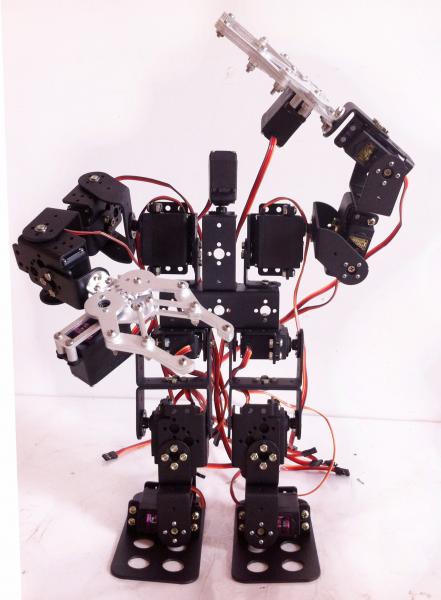|
Swarm robotics is a cutting-edge field that combines principles from biology, computer science, and engineering to design intelligent systems composed of multiple robots working collaboratively. These swarms emulate the behavior of natural organisms, such as ants or bees, which exhibit remarkable collective intelligence. By harnessing the power of swarm robotics, scientists and engineers are revolutionizing automation and paving the way for a new era of intelligent machines. The fundamental concept behind swarm robotics lies in the idea that a group of simple robots can accomplish complex tasks by coordinating their actions through local interactions and decentralized decision-making. Unlike traditional robotics, where a single robot performs a specific task, swarm robotics leverages the power of numbers and cooperation to achieve goals efficiently and robustly. One of the key advantages of swarm robotics is its ability to adapt to dynamic environments. Each robot in the swarm can sense and perceive its surroundings, allowing it to respond to changes in real-time. This distributed sensing and decision-making enable swarms to tackle tasks that would be challenging or impossible for individual robots. For example, swarms of small robots can collaborate to explore unknown territories, search and rescue missions, or even perform complex assembly tasks with high precision and speed. Another fascinating aspect of swarm robotics is its fault-tolerance and robustness. Since each robot in the swarm operates independently, the loss of a few individuals does not significantly impact the overall performance. The system can self-reconfigure and redistribute tasks among the remaining robots, ensuring the mission's completion even in the presence of failures. Swarm robotics also offers potential applications in various fields. In agriculture, swarms of robotic insects can be deployed to monitor crop health, pollinate plants, or remove pests without the need for chemical interventions. In industrial settings, swarm robots can collaborate on tasks like warehouse management, inventory control, or even collaborative manufacturing, increasing efficiency and reducing costs. However, swarm robotics is not without its challenges. Coordinating multiple robots requires sophisticated algorithms and communication protocols to ensure efficient task allocation and synchronization. Additionally, ethical considerations arise when deploying autonomous swarms, such as privacy concerns, decision-making accountability, and potential misuse. In conclusion, swarm robotics represents a groundbreaking technology that harnesses the collective intelligence of robotic swarms to revolutionize automation and problem-solving. The ability of these systems to adapt, tolerate faults, and collaborate offers tremendous potential for applications in various domains. With ongoing advancements in algorithms, control systems, and communication technologies, swarm robotics is poised to reshape industries and contribute to a more intelligent and interconnected world.  |
